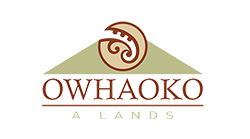With more than 1900ha of wild Mānuka, the Owhaoko A Lands are a beekeeper's dream!
Mānuka (Leptospermum Scoparium) is a native plant to New Zealand.
During the summer months, around 1200 beehives are flown by helicopter onto A block land dense in mānuka bush.
Literally millions of bees will feed on the flowering Mānuka.
Bees will forage mainly on mānuka nectar as very few other plants are flowering, during which time, the bees need to work extra hard as the mānuka flower is very small.
The Trust partners with Westervelt Honey Ltd in Turangi and Mana Kai Honey Extraction in Northland.
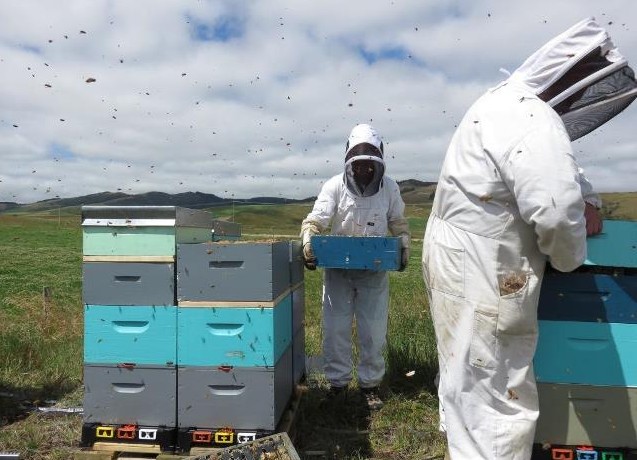
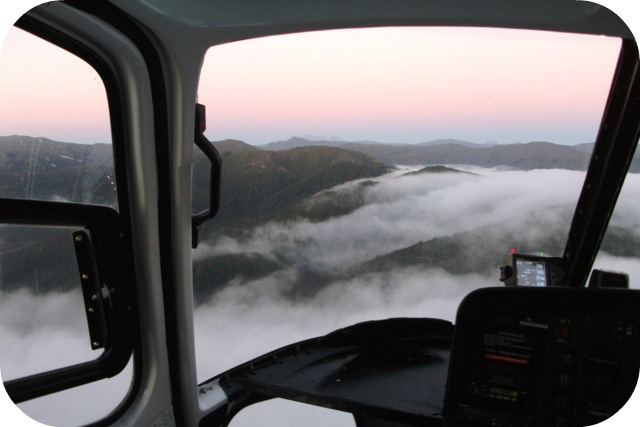
Flying out by helicopter very early
in the morning
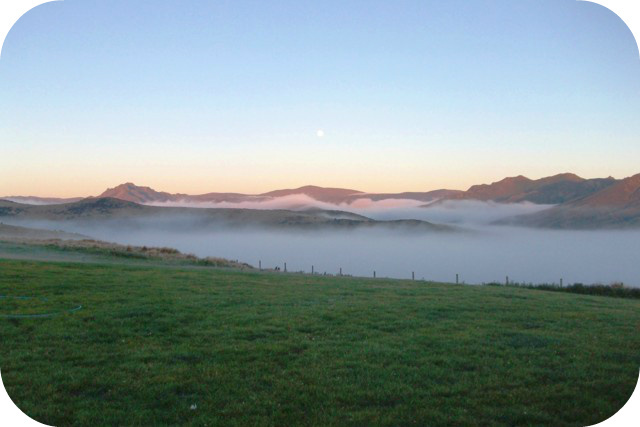
Ngamatea property still in the mist as the beehives arrive by truck.
Beehives going out to A block bush
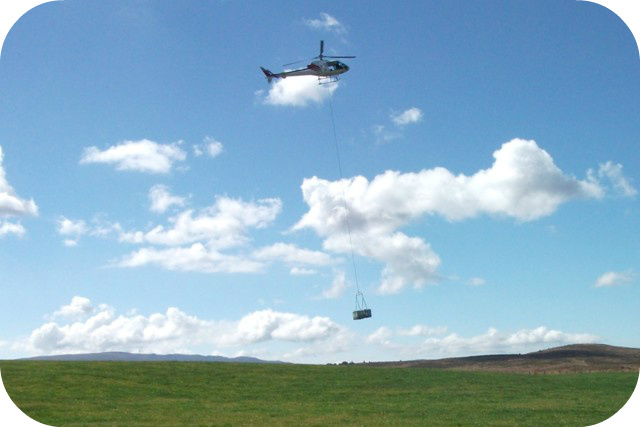
Beehives get air-lifted out from Ngamatea onto A block land
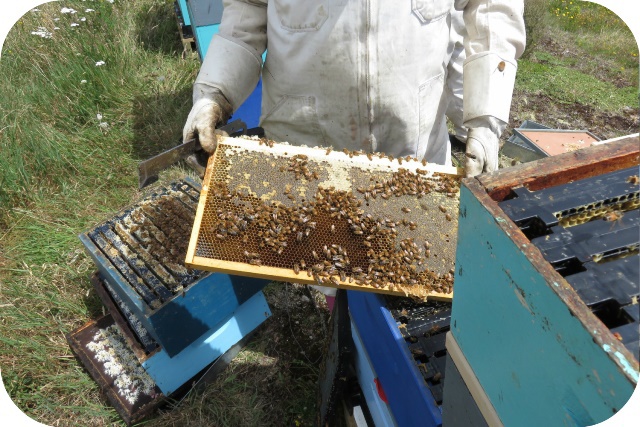
Frames laden with premium Manuka honey are taken from the beehives.
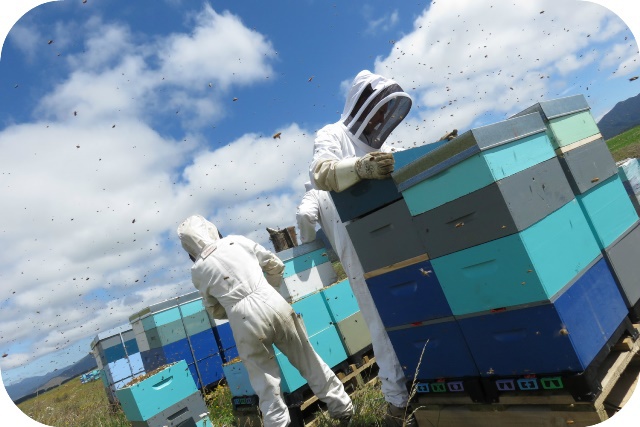
Beekeepers separate the boxes of each hive to get to the frames of honey.
Harvesting honey - hives air-lifted back
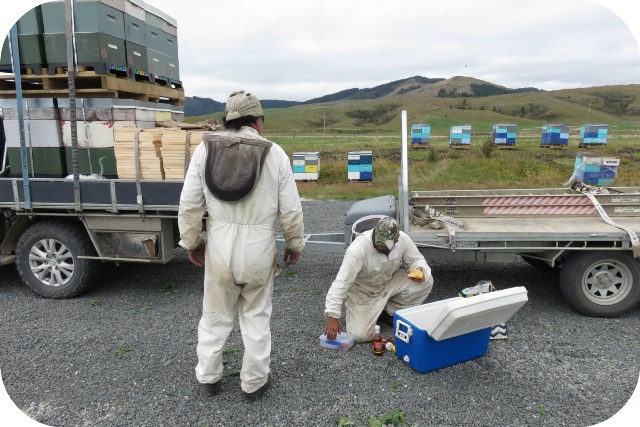
Taking a lunch break before heading back to the many hives.
Bees, hives, honey and our land
Featuring -
- Beehives trucked in and blessed by kaumatua for the 2016/17 season
- Three pallets, that's x12 hives at a time helicoptered to the manuka shrub valleys
- Starting early in the morning before the bees stir!
- Aerial views from the helicopter
- Beekeepers prepare the hives to be airlifted
- Reaping the manuka honey harvest!
Beehives get choppered on to the land
and wait, there's more bees, hives and helicopters in the 2015/16 season
